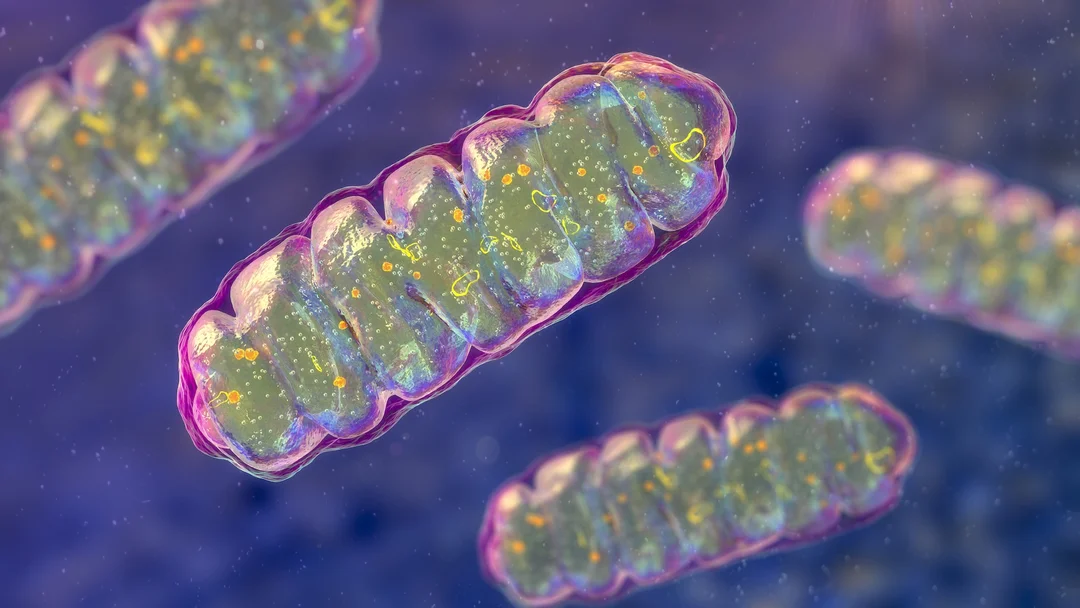
Mitochondrial Disease Breakthroughs: New Molecules and Editing Tools Offer Hope
Mitochondrial diseases, a group of debilitating conditions affecting approximately 1 in 5,000 people worldwide, have long presented a significant challenge to medical researchers. These diseases, often caused by mutations in mitochondrial DNA (mtDNA), can lead to a variety of severe symptoms, including muscle weakness, neurological problems, and heart disease. Recent breakthroughs, however, are offering new hope for treatment and a deeper understanding of these complex conditions.
A groundbreaking study published in Nature unveils a potentially transformative molecule that can reverse the effects of common mutations behind these genetic disorders. Mitochondria, the powerhouses of cells, rely on unique DNA that, when mutated, starves cells of energy. This newfound molecule targets polymerase gamma-related diseases (POLG-related diseases) caused by mutations in the POLG gene, a key protein in mitochondria.

Carlo Viscomi, an associate professor at the University of Padova, lauded the research as a "breakthrough" potentially opening "amazing possibilities" for these conditions. The molecule, dubbed PZL-A, enhances the stability of the POLG protein, crucial for replicating and repairing DNA. While initial trials focused on four common POLG mutants affecting approximately 70% of those with POLG diseases, early results are promising. Scientist Claes Gustafsson exclaimed, "I wasn't prepared for this outcome — that we would actually find one stone that will kill all these birds. But we did." A similar molecule is now in human trials conducted by Pretzel Therapeutics, offering the first concrete step toward a potential cure.
Complementing this molecular approach, researchers at Fujita Health University School of Medicine in Japan have developed a groundbreaking tool for precise mitochondrial DNA editing. This technology, detailed in Molecular Therapy Nucleic Acids, uses optimized mtDNA-targeted platinum transcription activator-like effector nucleases (mpTALENs) to selectively target and cleave specific DNA sequences.
Led by Senior Assistant Professor Naoki Yahata, the team engineered two versions of their mpTALEN systems: one targeting mutant mtDNA for destruction and the other targeting normal mtDNA. This allows precise manipulation of heteroplasmy levels – the ratio of normal to mutated mtDNA – in cells. "Our study is the first to demonstrate an increase in the proportion of pathogenic mutant mtDNA by programmable nuclease," notes Dr. Yahata. This advancement enables researchers to create cellular models with varying mutation loads, crucial for understanding the complex relationship between mutation load and disease severity.
However, the road to mitochondrial disease treatment is not without its challenges. Dr. Jose Barrera-Paez, working with Carlos T. Moraes, Ph.D., at the University of Miami Miller School of Medicine, found that base editing, while promising, remains imprecise and can introduce detrimental errors at higher doses. Their study, published in Science Translational Medicine, highlights the need for greater precision in gene editing techniques. "The field of mitochondrial gene editing is in its infancy still," said Dr. Moraes. "It was a major breakthrough that we could change bases in mitochondrial DNA, because we couldn't do that before. But the way we do it is not absolutely precise yet."

These advancements, while distinct, converge on a common goal: to combat mitochondrial diseases through innovative technological and molecular solutions. From groundbreaking molecules to precise gene editing tools, scientists are increasingly equipped to tackle these complex diseases. While challenges remain, the recent progress offers a palpable sense of hope for future treatments.
What are your thoughts on these promising advancements in mitochondrial disease research? Share your insights and perspectives in the comments below!